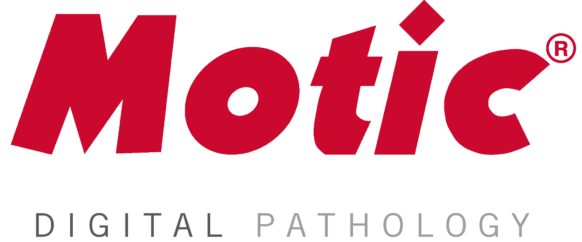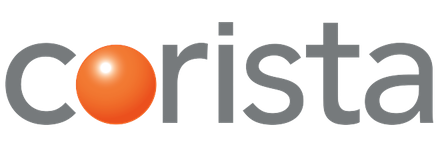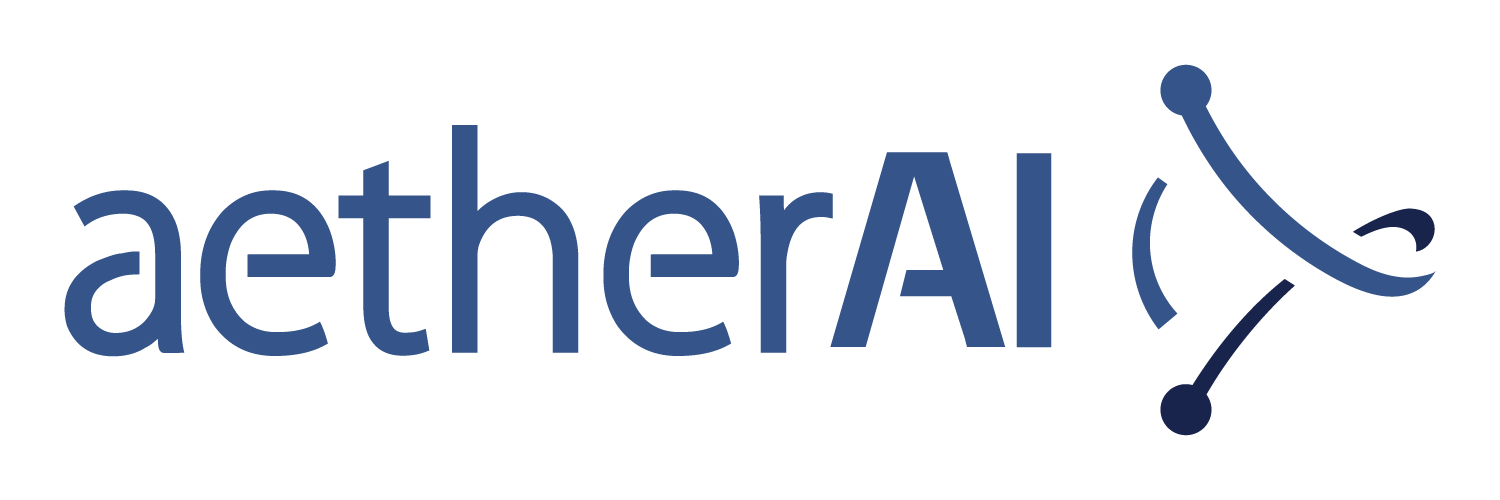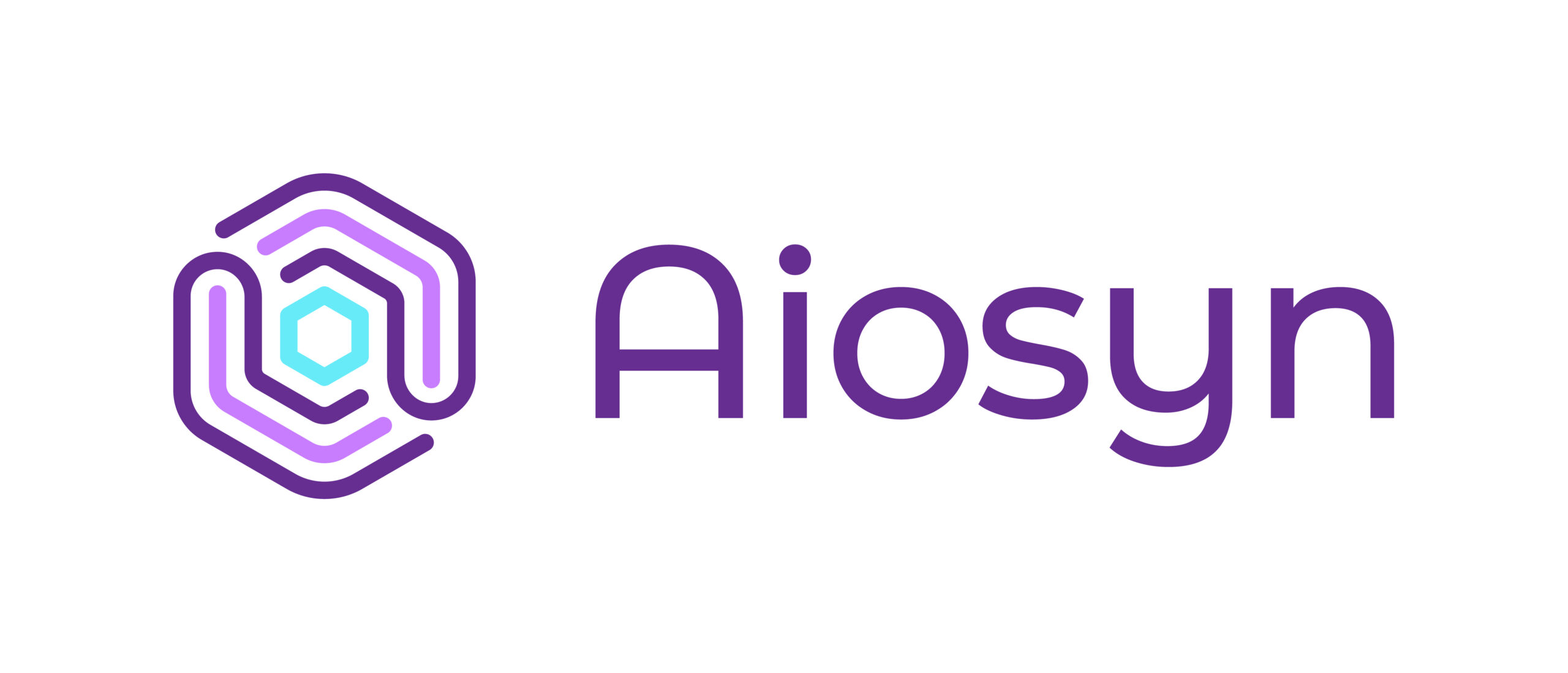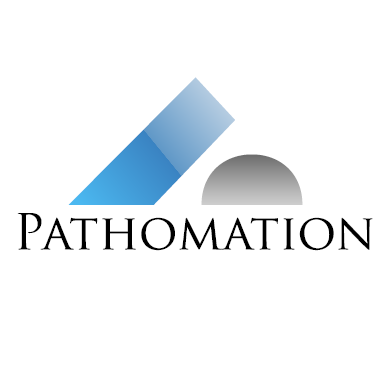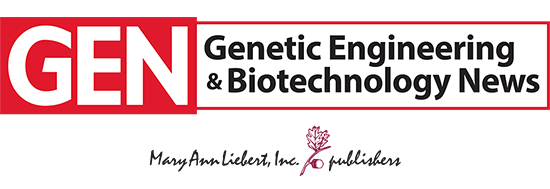From Cureus Journal of Medicine: A Pilot Study of Breast Cancer Histopathological Image Classification Using Google Teachable Machine: A No-Code Artificial Intelligence Approach
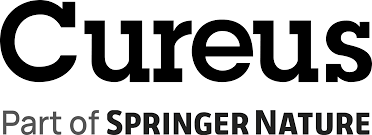 From the Cureus Journal of Medicine, researchers publish a pilot study of breast cancer Histopathological Image Classification Using Google Teachable Machine. Read the Abstract below.
From the Cureus Journal of Medicine, researchers publish a pilot study of breast cancer Histopathological Image Classification Using Google Teachable Machine. Read the Abstract below.
Abstract
Introduction
Breast cancer remains a major global cause of cancer-related mortality, where histopathology serves as the diagnostic cornerstone. However, inter-observer variability and increasing diagnostic workload necessitate innovative solutions. This pilot study assesses the feasibility and diagnostic performance of a no-code, browser-based artificial intelligence platform, Google Teachable Machine (GTM; Google Creative Lab, New York, NY, USA), for classifying breast histopathology images into clinically relevant categories.
Methods
A total of 380 hematoxylin and eosin-stained images, equally distributed among four diagnostic categories (normal, benign, in situ carcinoma, invasive carcinoma), were sourced from an open-access repository. The GTM model was trained with 85% of the data (50 epochs; batch size 16; learning rate 0.0001), and externally validated on 39 independent images. Performance metrics included accuracy, precision, recall, and F1-score.
Results
The model achieved an internal validation accuracy of 88.3%, with per-class accuracies of 87% for Normal, 93% for Benign, 87% for In Situ Carcinoma, and 87% for Invasive Carcinoma. On external validation using 39 independent images, the model demonstrated an overall accuracy of 76.9%, with a macro-averaged F1-score of 0.77 and a weighted-averaged F1-score of 0.77. Class-wise external performance metrics included precision, recall, and F1-scores of 1.00, 0.70, and 0.82 for Normal; 0.67, 0.80, and 0.73 for Benign; 0.67, 1.00, and 0.80 for In Situ Carcinoma; and 1.00, 0.56, and 0.71 for Invasive Carcinoma, respectively. The model exhibited high precision across most classes but demonstrated reduced recall for invasive carcinoma, reflecting challenges in distinguishing invasive from non-invasive lesions within the constraints of a limited dataset.
Conclusion
GTM demonstrated preliminary feasibility for multi-class breast histopathology classification using small datasets without coding expertise. While performance was encouraging, particularly for normal and in situ categories, limitations such as reduced invasive carcinoma sensitivity and small sample size underscore the need for larger datasets, advanced architectures, and explainable AI methods to enhance clinical applicability.
SOURCE: Cureus Journal of Medicine





